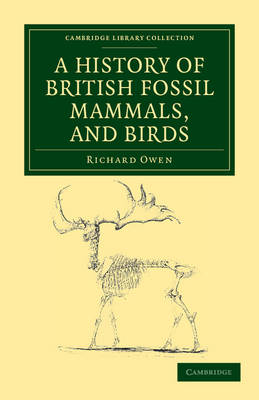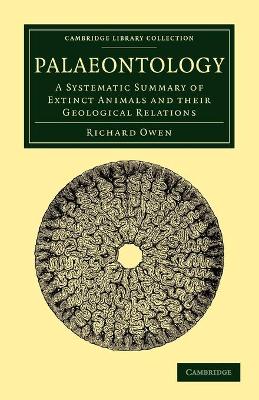Cambridge Library Collection - Earth Science
2 total works
Richard Owen (1804–92) was a controversial and influential palaeontologist and anatomist. During his medical studies in Edinburgh and London, he grew interested in anatomical research and, after qualifying as a surgeon, became assistant conservator in the museum of the Royal College of Surgeons, and then superintendent of natural history in the British Museum. He became an authority on comparative anatomy and palaeontology, coining the term 'dinosaur' and founding the Natural History Museum. He was also a critic of Darwin's theory of evolution by natural selection, and engaged in a long and bitter argument with Thomas Huxley, known as 'Darwin's bulldog' for his belligerent support of the theory. Published in 1846, this is Owen's comparative anatomical analysis of the fossils of British birds and mammals. It compares living species with extinct ones, and explains the characteristics that help identification, using 237 woodcut illustrations to show the traits of different species.
Richard Owen (1804–1892) was a contemporary of Darwin, and like him, attended the University of Edinburgh medical school but left without completing his training. His career as an outstanding palaeontologist began when he was cataloguing the Hunterian Collection of human and animal anatomical specimens which had passed to the Royal College of Surgeons in London. His public lectures on anatomy were attended by Darwin, and he was entrusted with the classification and description of the fossil vertebrates sent back by Darwin from the Beagle voyage. He was responsible for coining many of the terms now used in anatomy and evolutionary biology, including the word 'dinosaur'. Palaeontology (published in 1860) defines, describes and classifies all the fossil animal forms then known, and discusses the origin of species, commenting on the theories of Buffon, Lamarck, the then anonymous author of Vestiges of Creation, Wallace and Darwin.

